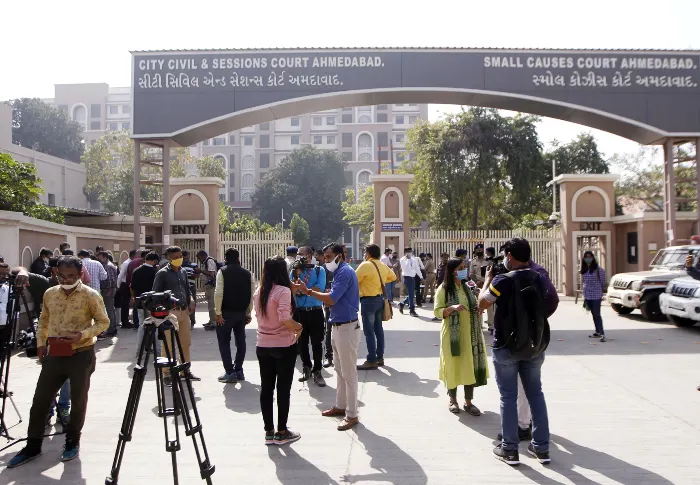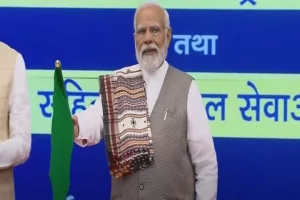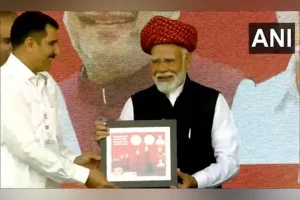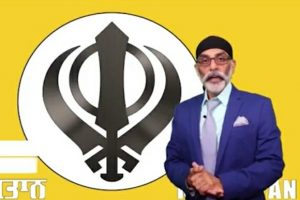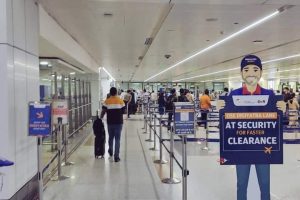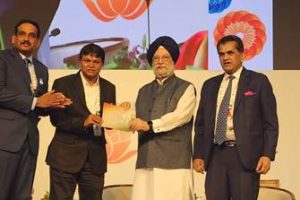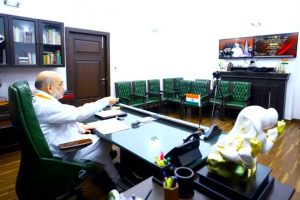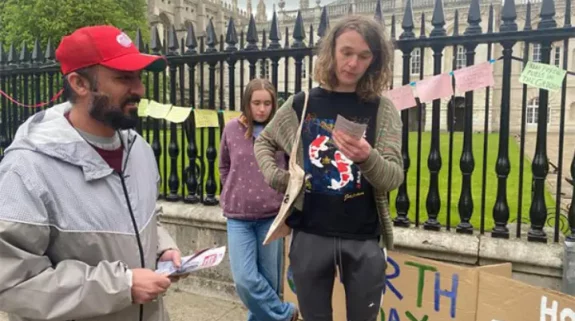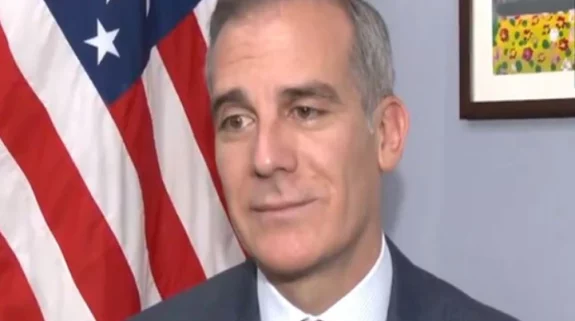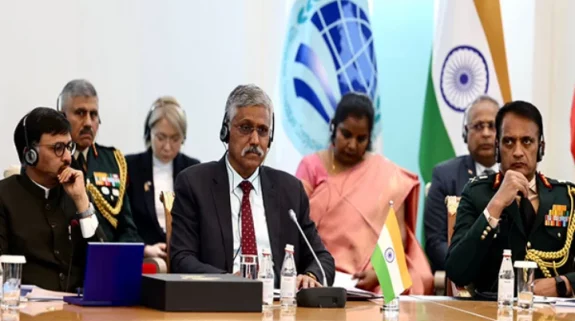A special sessions court of Ahmedabad has awarded death sentences to 38 out of the 49 accused in the serial bombings in Ahmedabad in 2008. The Remaining 11 accused were sentenced to life imprisonment. Former Student Islamic Movement of India (SIMI) leader Safdar Narogi is among those convicted. The en masse death sentencing of people convicted of terrorism by an Indian court is unprecedented.
14 years ago, on July 26, 2008, in the span of about 70 minutes, 22 bombs went off at various places in Ahmedabad city including at the Gujarat government-run Ahmedabad Civil Hospital, the Ahmedabad Municipal Corporation-run LG Hospital, in buses, on parked bicycles, and in cars.
Fifty-six people were killed and around 200 were injured in the mega-terror strike. Ahmedabad was the third city to be bombed that year, after Jaipur in May and Bengaluru just the day before.
In all, 35 cases were registered — 20 in Ahmedabad and the rest in Surat — and the trial commenced in April 2010. Over the next seven years, 78 accused were arrested from various states.
According to the security agencies, the IM was a regrouping of the banned Student’s Islamic Movement of India (SIMI). All the bombs that went off in Ahmedabad contained a deadly cocktail of ammonium nitrate, used in fertilisers, and fuel oil (ANFO).
In emails that were sent to media houses, the Indian Mujahideen (IM), an organisation that had not been heard of until then, claimed responsibility for the attacks. The SIMI terrorists mocked the Indian security systems reminding the then CM of Maharashtra Vilasrao Deshmukh and his deputy R R Patil of the blasts that took place in the local trains of Mumbai on 11th July 2006. The email said “We wonder at your memory. Have you forgotten the evening of 11 July 2006 so quickly and so easily?”
According to veteran journalist and writer of "Indian Mujahideen: The Enemy Within" Shishir Gupta, “The Ahmedabad blasts were very significant as for the first time the Indian Mujahideen terrorist group had brutally targeted the trauma centre of civil hospital, where the bomb injured were being brought in, by an IED laden car. The Ahmedabad terror strike was Indian Mujahideen revenge for the 2002 riots in Gujarat.”
According to Gupta, “the Ahmedabad blasts investigations not only led to pin-pointing of real terrorists behind the bombing but also led to cracking up of the entire Azamgarh, Delhi, Mumbai and Bhatkal modules of the group which had the support of jihadist groups across the border. Batla House encounter in which the Azamgarh module was hit by Delhi Police special team was a direct result of Ahmedabad blast investigations.”
Also Read: Batla House encounter: Court convicts Ariz Khan






